
How reading the fine print can save businesses millions
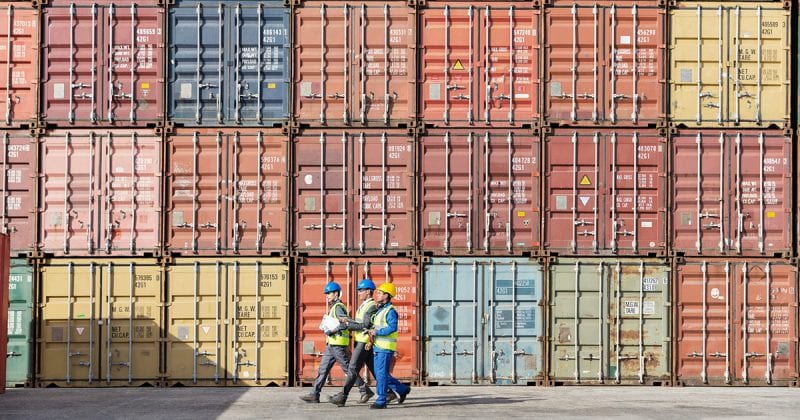
Key takeaways
- In-depth knowledge of regulations and FTAs can give businesses huge refunds on their tariffs and duties
- DHL’s Industry Assistance Division uses analytics and years of expertise to help Asia Pacific organizations claim refunds on past and future customs costs
- The arrival of new regional FTAs will further complicate customs but also offer new savings opportunities for those who understand them
Customs regulations are not where most businesses typically look to reduce costs. Yet that is exactly what DHL has been doing for enterprises all over Asia Pacific. The team responsible for doing so is known as the Industry Assistance Division (IAD), and the assistance they provide is substantial – amounting to more than AU$10m in refunds for their clients in 2015.
“Our work is similar to that of a tax agent, except for Asia’s import/export community,” says Chris Brophy, Head of Customs Product and Compliance for DHL Global Forwarding Australia, who also leads the IAD. “We trawl through data acquired from our customers to find areas where the previous broker has made a recommendation that we can challenge.” That means the team has to not only analyze gigabytes of data when applying for a refund, but also understand all the intricacies of each and every regulation which might be in effect.
“Others sometimes joke that we know every line of fine print in the FTAs (Free Trade Agreements) by heart,” Brophy says. “They’re much closer to the truth than they might think.”
The IAD’s forensic approach to customs and FTAs goes well beyond standard customs brokerage. In one recent example, the team worked with an Australian ball-bearing manufacturer to overhaul its product database, update its tariff classifications and duty rates, and identify new tariff concessions that could be used – eliminating duties on all of the customer’s major products in the process. That meant the manufacturer not only received more than AU$100,000 in duty refunds on past shipments, but also slashed around AU$250,000 from its annual customs bill.
“We have a good relationship with the local authorities – there is respect and good rapport.”
“To minimize customs expenses, you have to stay constantly in tune with the state of regulations past, present, and future,” says Bill Wray, National Customs Compliance & Industry Assistance Division Manager, DHL Global Forwarding Australia. “When a new FTA or bilateral agreement comes into play, you need to be attentive to both the letter of the rulings as well as their practical application.”
Wray points to the China-Australia FTA (ChAFTA) that was signed in December 2015 as one example: “It’s been in the making for years, but we can only search for potential refunds after we’ve observed how the new regulations are exercised in various industries.”
The hardest part of spearheading huge customs refunds is playing firm but fair with customs officials themselves. “We have a good relationship with the local authorities – there is respect and good rapport,” says Brophy. “But we need to be mindful: nobody likes giving money back, so we have to remain very careful and very accurate.”
DHL plans to expand the IAD’s local presence beyond Australia and into other countries, particularly as the complexity of regional FTAs continues to grow. “While deciphering the big agreements like the ASEAN Economic Community can prove difficult without dedicated full-time research, there’s a lot that businesses can do to find and claw back savings on their own,” says Brophy.
“Keep your product classifications in order and up to date, and don’t be afraid to make inquiries or even politely contest unexplained tariffs with local customs authorities. That can not only reveal some decent opportunities to begin with, but also lays the groundwork for more advanced optimization by a team like the IAD.”
ChAFTA: What is it?
The China-Australia Free Trade Agreement allows the vast majority of Australian goods to enter China without being subject to any import duties. Once ChAFTA’s implementation is complete, 96% of Australian goods will enter China duty-free, according to the Australian Government. Australia’s Department of Foreign Affairs and Trade offers a range of fact-sheets and other resources about ChAFTA and what it means for businesses.


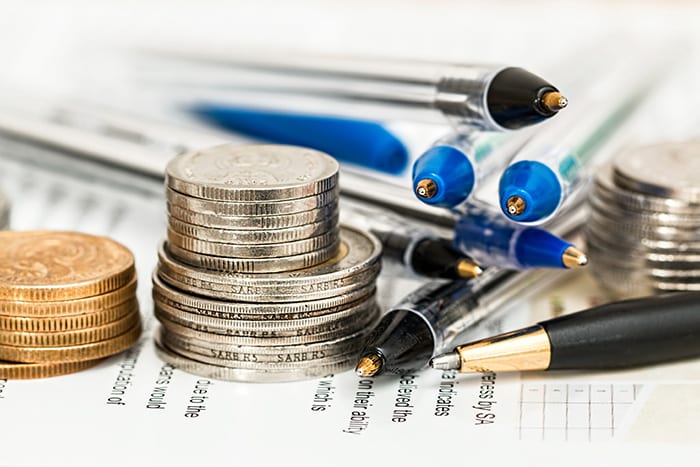

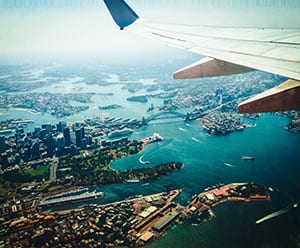
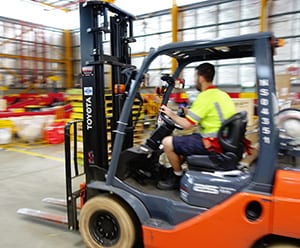
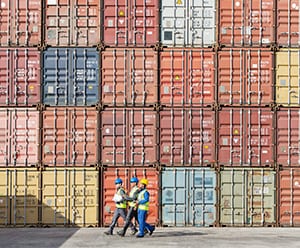




 English
English